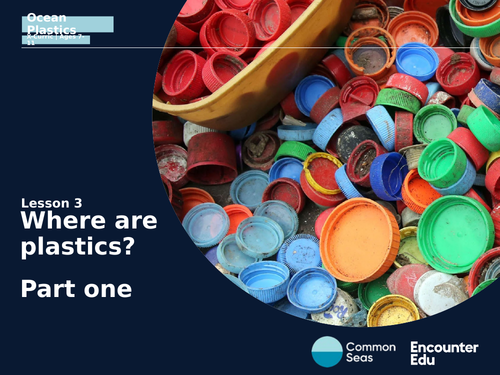





Plastics: what are they? Part one is a Key Stage 2 (KS2) lesson. Students follow the life cycle of a single-use bottle. Using Google Maps, students track the journey a plastic bottle goes on during its lifetime and map the possible outcomes of where it could end up. Students go on to consider some alternatives to recycling plastic, such as re-using it. It may be possible to organise a speaker to join this lesson, some local authorities offer schools programmes or outreach workshops.
Ocean Plastics 7-11 is a Key Stage 2 (KS2) cross-curricular unit of work encompassing science and geography which also develops skills in mathematics, citizenship and spoken language. The unit addresses four key questions; what are plastics, where are plastics, what impact can plastics have and what can I do? These questions are answered by developing students understanding of properties of materials, living things, habitats and human and physical geography. The unit explores the pros and cons of a variety of plastic products, investigates how plastic finds its way to the ocean and looks at what changes can be made on a local and global scale. Students understand the complex issues surrounding oceans plastics through this units optimistic and innovative approach to challenging attitudes and behaviour.
Get the whole unit resources here: https://encounteredu.com/teachers/units/ocean-plastics-x-curric-7-11
Something went wrong, please try again later.
This resource hasn't been reviewed yet
To ensure quality for our reviews, only customers who have downloaded this resource can review it
Report this resourceto let us know if it violates our terms and conditions.
Our customer service team will review your report and will be in touch.
